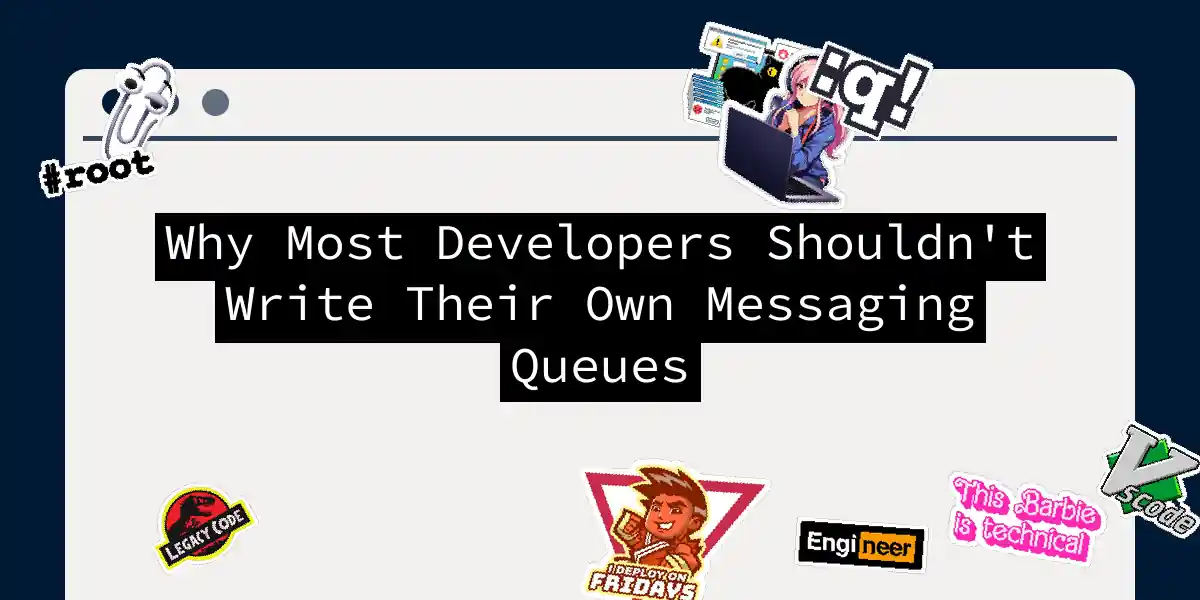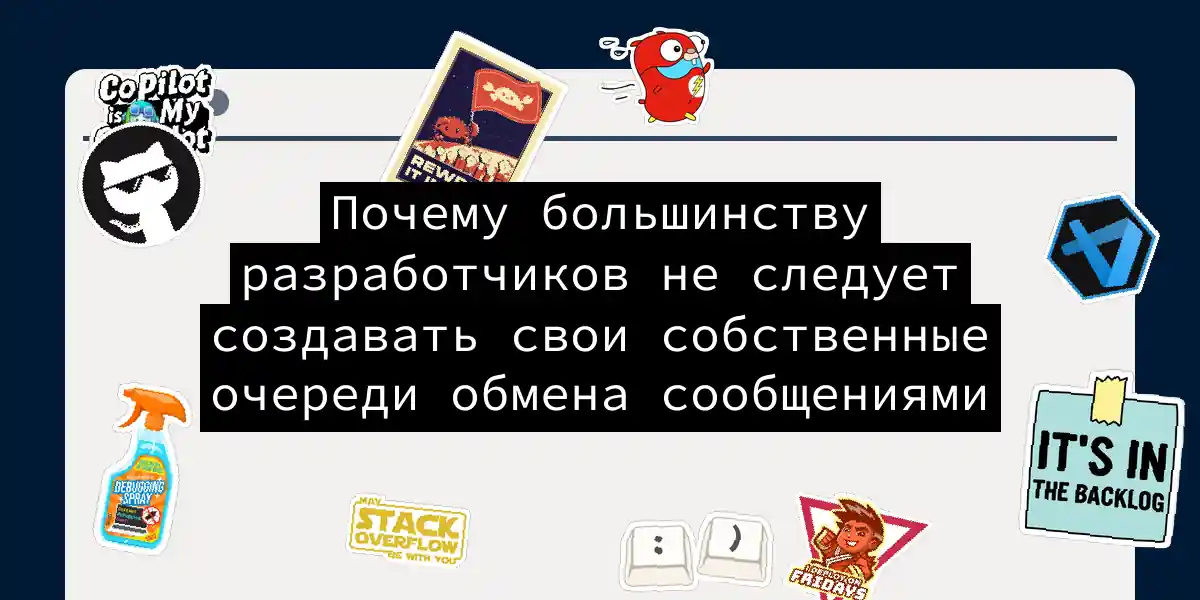
Why Most Developers Shouldn't Write Their Own Messaging Queues
Every developer has that moment. You’re architecting a new system, sketching out microservices on a whiteboard, and suddenly you think: “How hard could it be to build our own message queue?” After all, it’s just moving data from point A to point B, right? Right? Well, buckle up, because I’m about to take you on a journey through the rabbit hole of distributed messaging – and trust me, this particular rabbit hole goes deeper than Alice’s....
